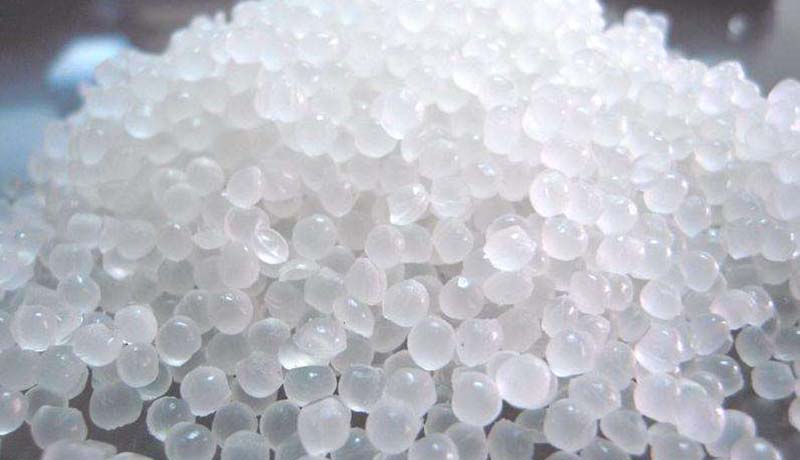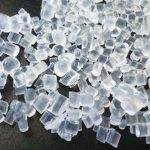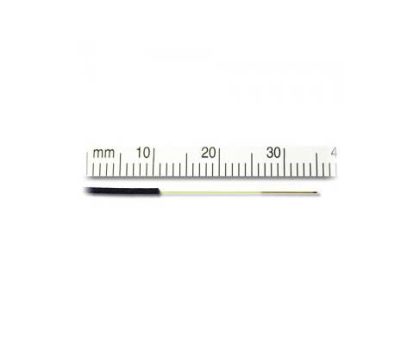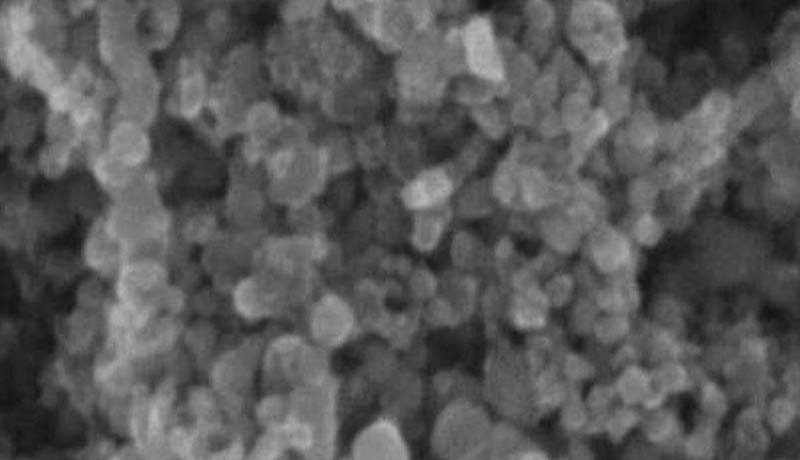hermoplastic elastomer (TPE) and thermoplastic polyurethane (TPU), which is a subset of TPE, offer great versatility as alternatives to natural rubber latex, silicone and more compounds for extrusion and injection molding applications. Depending on the demands of your product and industry TPE or TPU could be the compound choice you need.
Learn more about the differences between these material classes, the properties of the compounds available in each class, and their common uses to determine which is a better fit for the demands of your industry or application.
KEP Thermoplastic Elastomer (TPE)
TPE offers many of the properties of natural rubber latex combined with the processing efficiency of plastics. With great properties like flexibility, dimensional stability, chemical inertness and more, TPE is a top choice for the medical and food and beverage industries.
Learn more about the physical properties and performance of TPE.
KEP Thermoplastic Polyurethane (TPU)
TPU is a soft polyether type polyurethane that is available in a range of hardness grades. An ideal compound choice when high abrasion resistance, excellent chemical resistance, and clarity are needed, such as outdoor and medical applications.
Learn more about the physical properties and performance of TPU.
TPE & TPU Similarities
TPE and TPU compounds offer excellent colorability, clarity, flexibility, and elasticity. TPUs are a subset of TPEs – both are block copolymers, made of different building blocks. These material classes can be used for extrusion, injection molding applications and other plastics molding processes. Both material classes will not lose their structural integrity when reprocessed, allowing for the cost-saving reuse of production waste.
TPE & TPU Difference
The different physical properties of TPE and TPU can help you determine which is ideal for your product.
TPE
TPEs from KEP can be more recyclable, flexible, and softer than TPUs. However, they do offer lower resistance to abrasion, grease/oils, chemicals and high and low temperatures. While total cost depends on many factors, including how often parts are replaced, in general terms TPE compounds are more cost-effective per pound. KEP offers a wide range of TPE material compounds, including FDA, NSF and USP Class VI choices.
TPU
KEP offers the K-300 TPU compound. In addition to higher resistance to abrasion, grease/oils, chemical and high and low temperatures, TPU is a higher durometer elastomer that can be considered the bridge between flexible, rubbery thermoplastics and rigid plastics. This makes TPU a great replacement for hard rubber. For some applications, the hardness and lower flexibility qualities of TPU might not make this compound the best fit. TPUs rank among the best for load-bearing capability.
TPE Applications
TPEs are great for anywhere that flexibility, comfort, or cost savings vs silicone are needed. They are a top choice for medical applications like surgical and dental tubing and also tubing used in the food/beverage industry.
TPU Applications
With their resistance properties, TPU is superior for use anywhere that ozone, extreme temperatures and high levels of abrasion are a concern. In addition to medical uses, TPU is also a popular material for sporting goods, tubing, wire, protective coatings and more.



